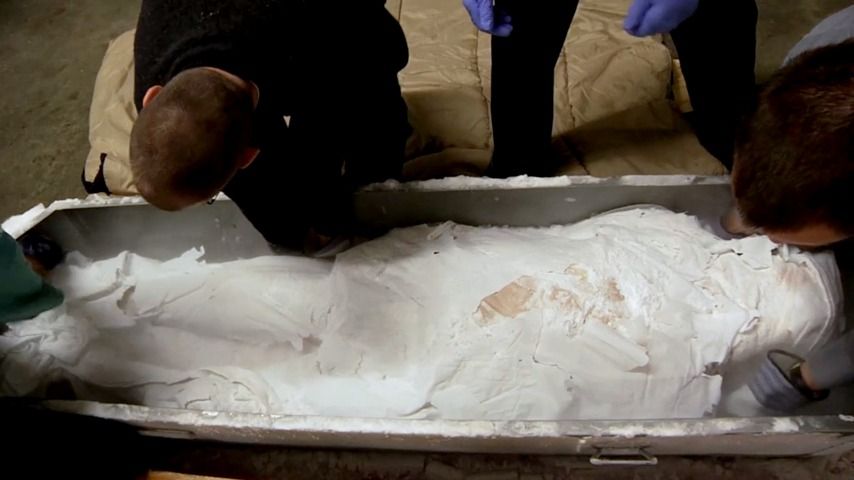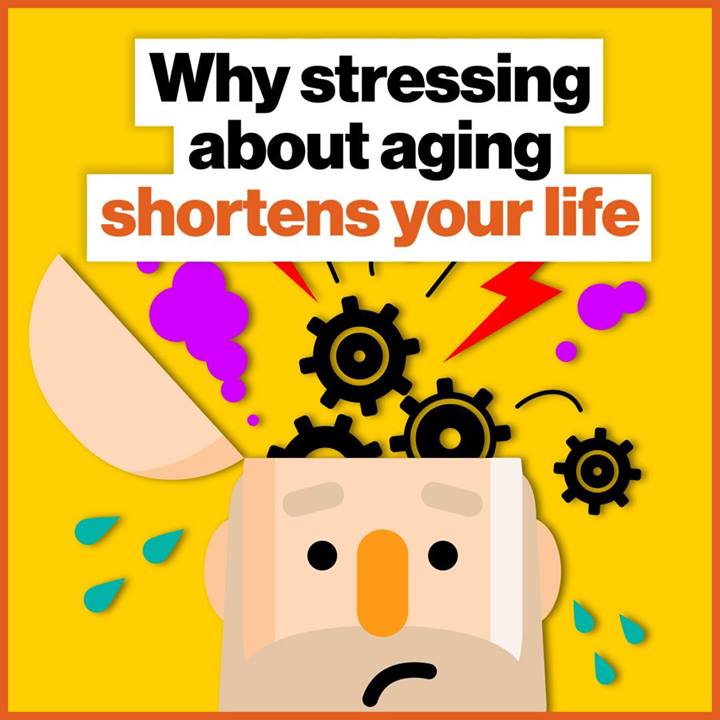Jun 24, 2019
Die. Freeze Body. Store. Revive
Posted by Paul Battista in categories: cryonics, finance, life extension
Cryonicists are banking on the idea that future technology will allow preserved bodies to be brought back to life.

Cryonicists are banking on the idea that future technology will allow preserved bodies to be brought back to life.
Researchers from Washington University School of Medicine in St. Louis have discovered a way to delay aging in mice with a protein that is abundant in the blood of young mice but declines with age.
eNAMPT and the NAD salvage pathway
That protein is extracellular nicotinamide phosphoribosyltransferase (eNAMPT), and it plays a key role in the process that cells use to create nicotinamide adenine dinucleotide (NAD), a crucial component that they need for energy production. NAD is a coenzyme found in all living cells. It is a dinucleotide, which means that it consists of two nucleotides joined through their phosphate groups. One nucleotide contains an adenine base, and the other contains nicotinamide.
A very good article on the life and ideas of life extensionists/immortalists/longevity’s: “… Strole is now 70. He lives in Scottsdale, Arizona, a desert town. In the life-extensionist mode, he avoids dairy and rarely touches bread, though he devours a whole heap of other things. Recently his diet has included pills, branded ”Cognitive”, which he takes twice a day and claims have all sorts of nourishing effects on his brain. (What good is maintaining the body if not the mind?) The pills are part of a self-directed anti-ageing process that requires a lot of swallowing. On some days, Strole takes 70 supplements, including a tablet that ”energises the mitochondria” (mitochondria produce energy) and whose effects resemble ”a shot of coffee, minus the jitters”, as well as vitamins, multi-nutrients and metformin, a diabetes drug that has become so popular among life extensionists that one referred to it as ”the aspirin of anti-ageing”. In the early mornings, when the Arizona air is still brisk, he takes a cold dip in his pool to shock his immune system into better function, and at some point or another he lies face-up on an electromagnetic mat that whirs silently against his body and ”opens up the veins”, and engages in a breathing regime that, he says, ”balances the hormones”.
Some sleep on electromagnetic mats, others pop up to 150 pills a day. But are ‘life extensionists’ any closer to finding the key to longevity? Alex Moshakis meets some of the people determined to become immortal.

Wondering if people can be brought back from cryonics freezing and still function as normal? Chick this out.
Justin Smith, 26, was brought back to life after being found with no pulse in the snow.
A research team led by the University of Cologne has identified the transcription factor Ets21c as a vital regulator of the regenerative system within the adult intestine of the fruit fly Drosophila. The study highlights the existence of trade-off mechanisms between stress resilience and longevity.
The intestinal epithelium is involved in nutrient absorption and digestion, but also serves as a selective barrier that prevents the intrusion of pathogens and toxic substances. The intestine is renewed over an organism’s lifetime through the function of stem cells that are capable of differentiating to maintain the tissue integrity and function.
On the other hand, stem cell malfunctions have been linked to tissue degeneration or cancer development. The research is shedding new light on the molecular basis of the regenerative processes under both favorable and stressful conditions.
21st Century Medicine has developed an entire platform technology focused on the creation and commercialization of hypothermic preservation and cryopreservation techniques that enable protection, preservation, transportation, storage & future use of valuable living systems. These developments have taken science far beyond conventional preservation limits. 21CM scientists continue to prove long-term protection and preservation of complex living systems is not only possible, but commercially viable.
It means that a vital link has been created that we call “Bio Logistics”.
Biopharmaceutical companies get a larger window in which to test new drug candidates on viable premade and cryopreserved tissue slices that function like fresh.

We’re discovering that simply worrying about aging can, in itself, lead to undue stress and premature aging, as a result. It can also shorten lifespan. In this video, author Ashton Applewhite explains.
The diabetes drug metformin, sometimes taken to slow aging, may blunt the health benefits of exercise.
Gensight Biologics, a company researching – among other things – the movement of mitochondrial genetic information to the nucleus to treat hereditary genetic diseases (a strategy that could also have an impact on aging according to the SENS Research Foundation), has recently released data for its latest trial of GS010, a therapy against the blindness-causing genetic disease LHON.
Note: Patrick Deane holds shares in Gensight Biologics (EPA: SIGHT).
